A new device can detect Salmonella on individual products in real-time and with minimal need for laboratory equipment or specialized operators.
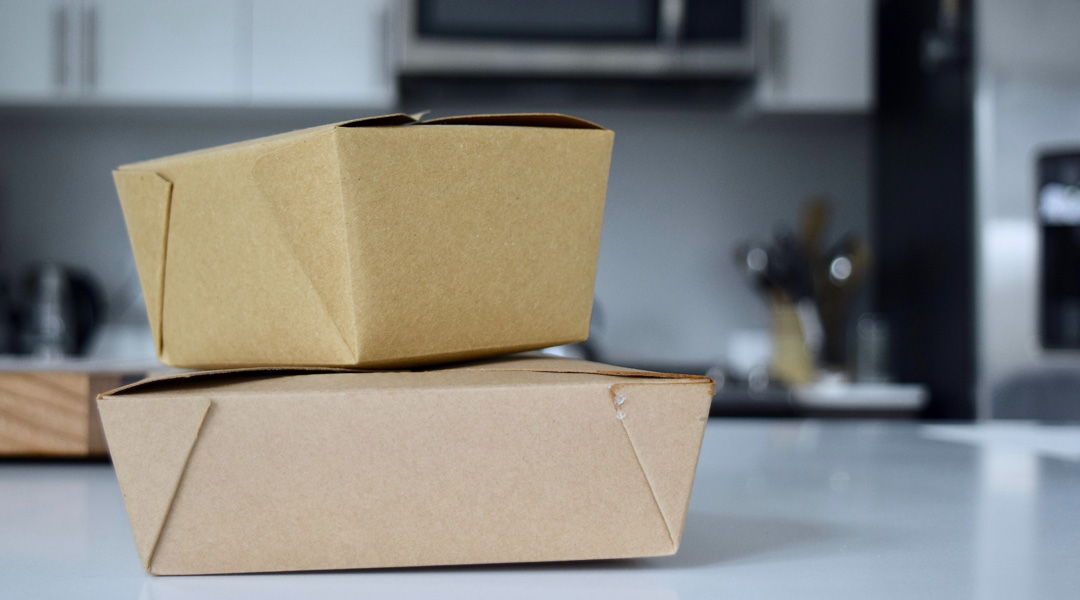

A new device can detect Salmonella on individual products in real-time and with minimal need for laboratory equipment or specialized operators.

Using brain imaging, scientists discover reduced brain aging after just 18 months of healthy diet and exercise.
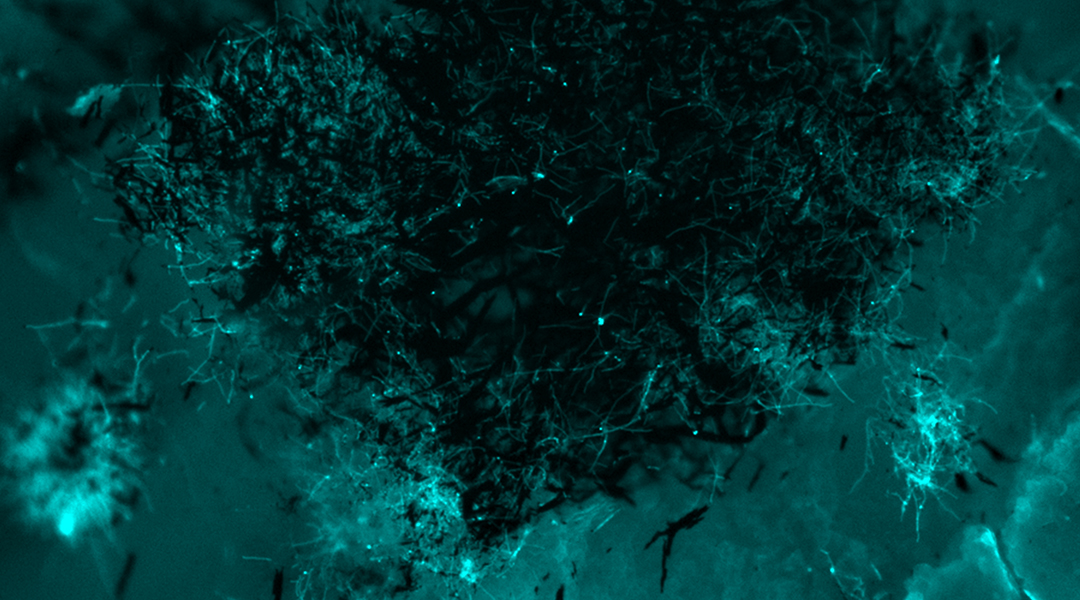
To curb the rising threat of fungal infections, researchers crafted iron oxide nanoparticles as speedy, effective, and inexpensive antifungal agents.

Scientists are delving into the future of hair loss treatments, from macromolecules to laser therapies and CRISPR gene editing.
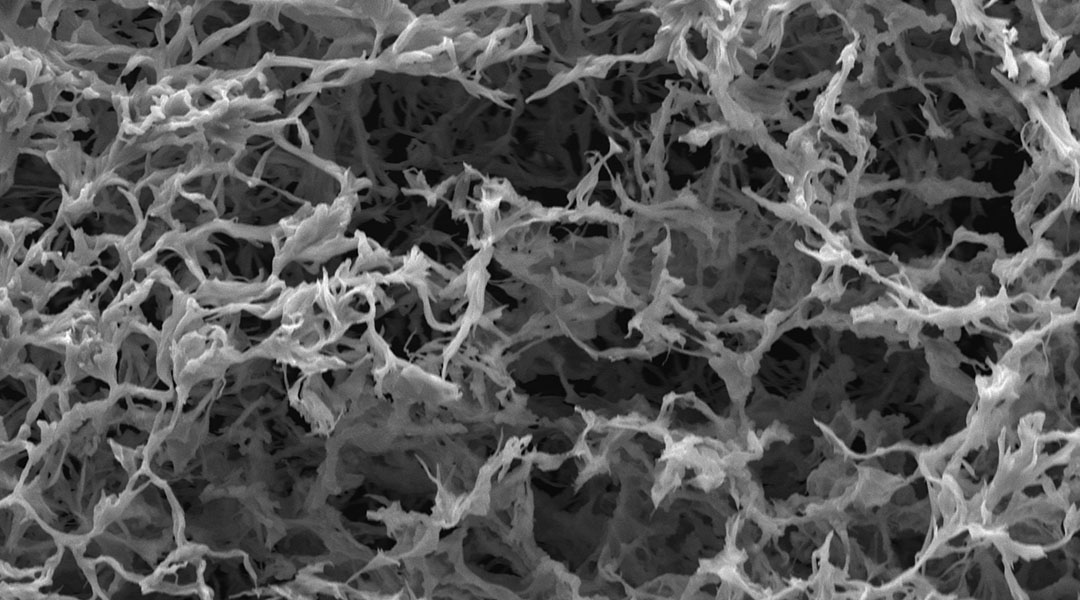
This clever drug delivery platform could improve HIV patients’ adherence to treatment and help eradicate the virus.
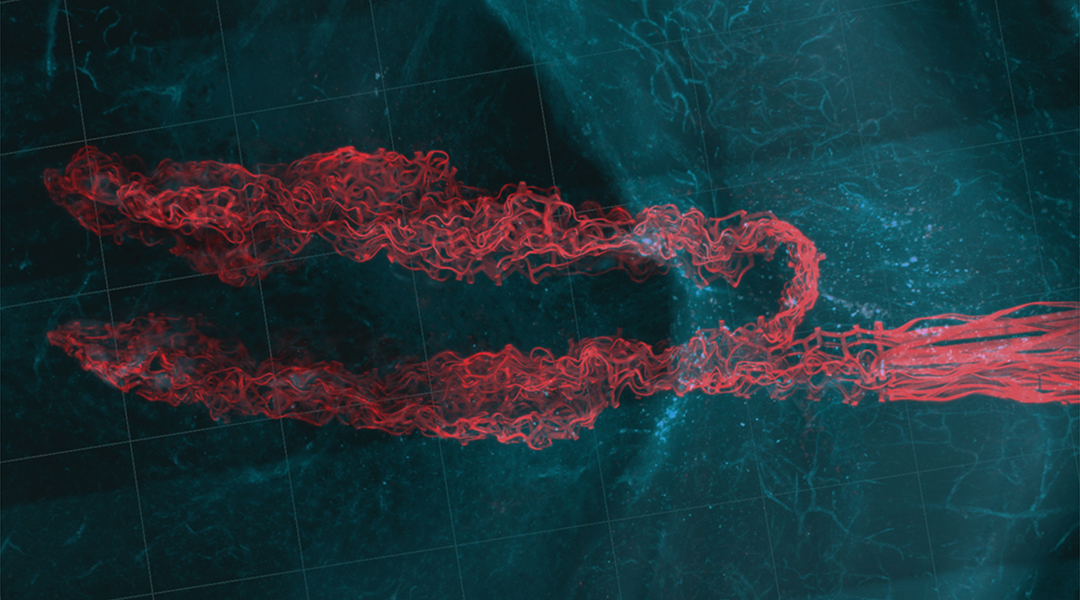
An ultra-thin and flexible probe could improve scientists’ ability to measure neurological activity in the brain.
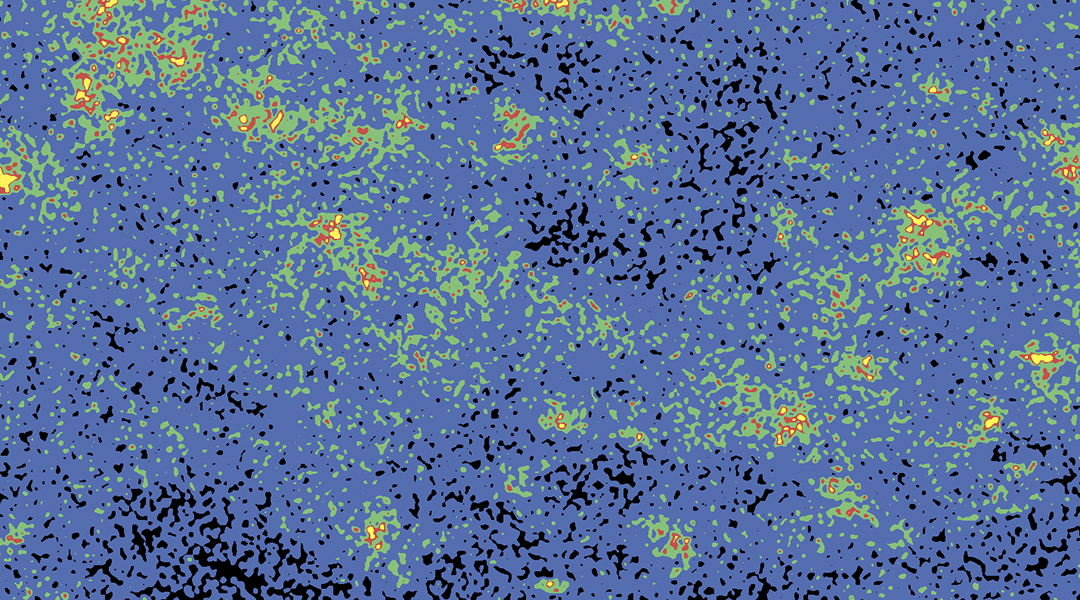
Catalysts that mimic antioxidase enzymes show promise in treating inflammatory diseases, such as gum disease, lupus, or cancer.
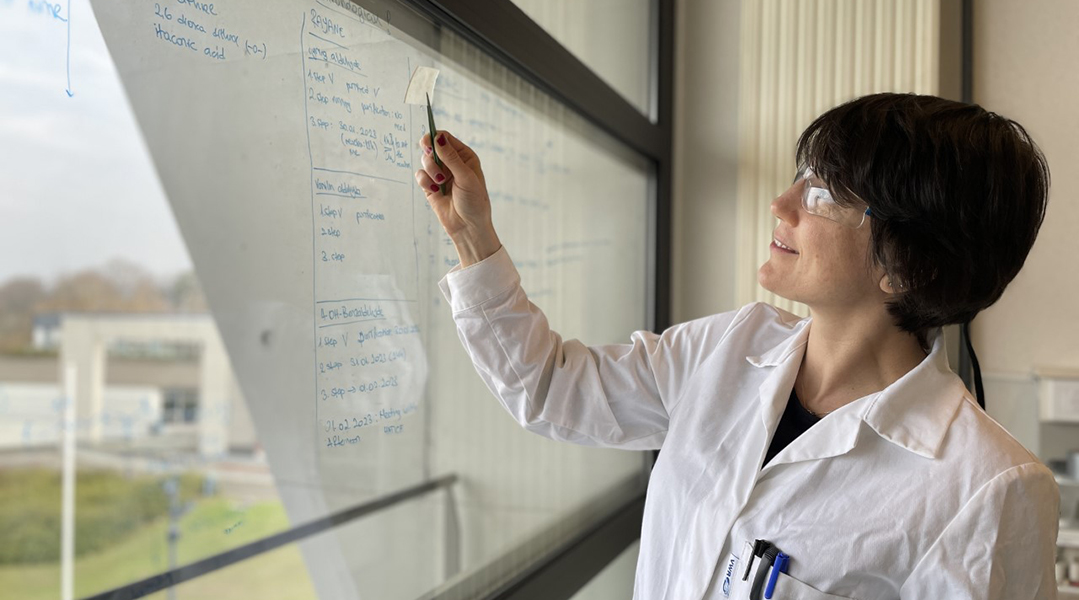
Chemist Hatice Mutlu applies zero-waste methods to create biodegradable polymers that can be used perpetually.
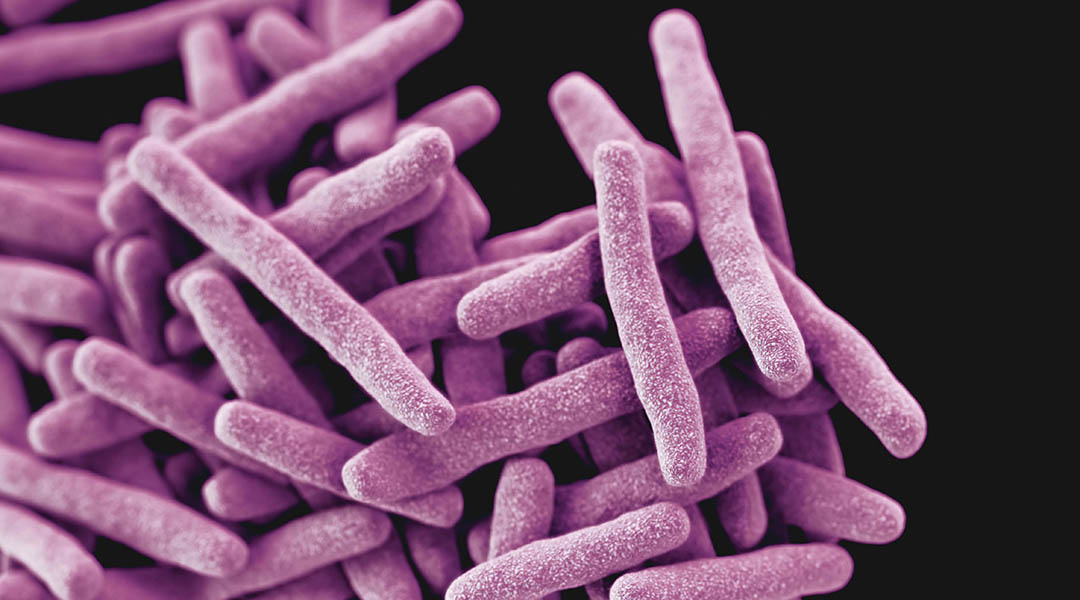
The genetic variant that causes Gaucher disease may have helped breakdown tuberculosis-causing bacteria in cells through lipid buildup.

A new hydrogel platform helps monitor chemotherapies in the body in real-time, allowing their side effects and potency to be better understood.